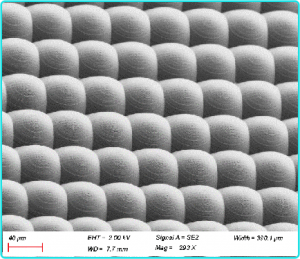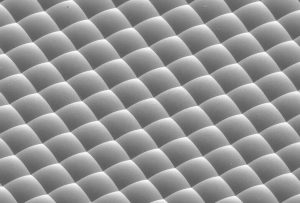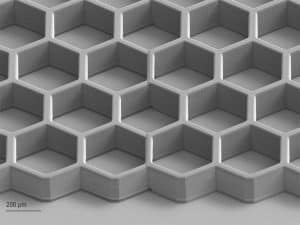
Micro and Nano Processing | MEMS Fine Processing (II)
Microfabrication technology is the basis for the realization of MEMS, and it is also the core technology and research hotspot of MEMS. Microfabrication technology is also widely used in the fields of microelectronics, micro-optics, microfluidic chips, protein and cell arraying, etc.
Microfabrication refers to the fabrication of tiny devices or thin films at scales ranging from sub-millimeter to nanometer, and in units ranging from micrometer to atomic or molecular linearity. There are many types of microfabrication technologies, involving a variety of physical and chemical methods, and they are classified here mainly according to the processing method and the processing environment medium.
Microfabrication technologies can be divided into two categories based on the processing method:
(1)Point-by-point processing technologySuch as laser beam, electron beam and ion beam and other high-energy beam processing, scanning probe microscopy, including atomic force microscopy and scanning tunneling microscopy, scanning electrochemical microscopy, etc.. Their processing methods are all point-by-point mode. These techniques generally have a high processing resolution, but the processing efficiency is low.
(2)Bulk copy processing technologyThe technology of integrated circuits, such as lithography, technology, micro-contact printing technology, electrochemical processing technology, electrochemical micro-manufacturing technology, constrained etchant layer technology, plasma etching, ion sputter etching, reactive ion etching, micro-fine EDM technology, etc.. Among these techniques, a batch or an array of microstructures can generally be processed.
According to the classification of the processing environment medium, it can also be divided into two categories:
(1) wet etching or deposition technology whose processing is carried out in aqueous solution or electrolyte, such as conventional wet lithography, technology, constrained etchant layer technology, electrochemical microprocessing anode dissolution technology, technology, etc.
Depending on the reaction medium, wet etching can be further divided into two types of chemical etching and electrochemical etching.
(1) dry etching or deposition technology whose processing is carried out in vacuum or gas phase, such as the aforementioned three-beam processing, plasma etching, ion sputtering etching, reactive ion etching, etc., dry deposition technology including vacuum sputtering, vacuum evaporation plating, magnetron sputtering, chemical vapor deposition and physical vapor deposition, etc.
Although there is an increasing use of dry etching techniques, which also brings great economic benefits. However, chemical and electrochemical etching still plays an important and irreplaceable role in the field of micromachining (especially MEMS), and in addition, electrochemical micromachining methods are one of the most promising technologies for realizing 3D micromachining.
We offer fastMEMS device / micro and nanostructure processing design services, Feel free to leave a message to inquire.
Related Products
Related Reading
LIGA Plating | Machining metal microstructures, inertial sensing/RF/heat sink parts
LIGA/UV-LIGA Plating | Metal Microstructure RF
Introduction to microfluidic chips丨Common materials and preparation and processing methods
Introduction to microfluidic chips丨Common materials and preparation and processing methods Contents What
Micro and Nano Processing | MEMS Fine Processing (IV)
Micro and Nano Processing | MEMS Fine Processing (IV) 1.3 Photolithography


